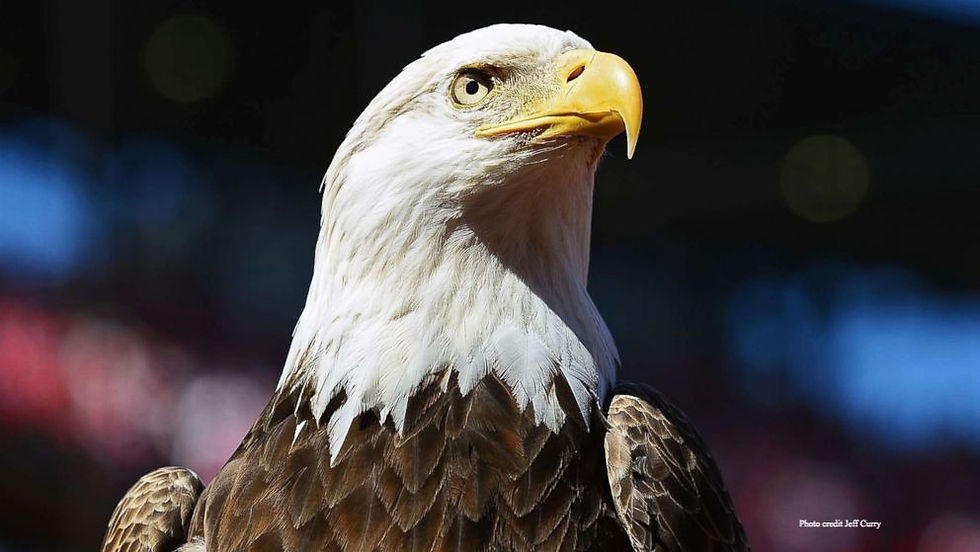CRITTER SPOTLIGHT: Oleander Aphid: Aphis nerii
- cynthiamorissette
- Oct 11, 2020
- 2 min read
Happy Sunday Watershed Explorer Scientists,
I hope that you enjoyed another great week of learning. I also hope you got out to enjoy the beautiful fall weather and explore. Please remember to send news of your explorations to cmorissette@narrabay.com I would love to send out some Watershed Explorer prizes to students who make some exciting discoveries.
Today's critter spotlight is on a creature that is considered to be more of a garden pest. It's the oleander aphid, or milkweed aphid, scientifically known as Aphis nerii.

The picture above was taken at the URI Graduate School of Oceanography (GSO). At the URI GSO they have a small butterfly garden which includes about 20 milkweed plants. Each stem was covered with hundreds of Aphis nerii.
Oleander aphids make holes in plant stems and suck out the juices. They feast on various plants, including oleander and milkweed, hence their common names. Aphis nerii also creates a secretion called honeydew. This incredibly sweet substance is a sought after treat of ants and bees. Honeydew can be detrimental to plants as it can build up, and create a fungus which impairs plants and causes their stems to wilt and die. Too many aphids on one stem can also impair plants as well. These are all reasons why plant owners are not fans of aphids. Many plant owners will go to great lengths to destroy them. This includes using toxic chemicals that are harmful to the environment. This is never healthy for the watershed and alternative methods of prevention should always be attempted. The good news is that ladybugs love to eat aphids. For a fun reading adventure, try the Grouchy Ladybug by Eric Carle. Deploying ladybugs near plants infested with aphids is a great way to help control the population. This ensures that plants and the animals, like monarch caterpillars, who rely on milkweed for food are not harmed.
As is the case with almost every critter spotlight, even the pests serve a purpose. Aphids are food for other insects, including ladybugs, so their presence in the watershed is important. The honeydew they excrete is also an important source of food for ants and bees. The problem with pesky insects is that when the population multiplies, plants and other animals suffer. It is important to remember to employ healthy methods of population control when this happens.
Here is a picture of a small monarch caterpillar on the same milkweed infested by aphids.

I hope you enjoyed learning about the oleander aphid. If you see these creatures on plants, it is always best to leave them alone. If you have plants that have been infested by aphids, remember to use an earth-friendly population control method to ensure the safety of important habitat.
Happy Exploring,
Mrs. Morissette






Comments